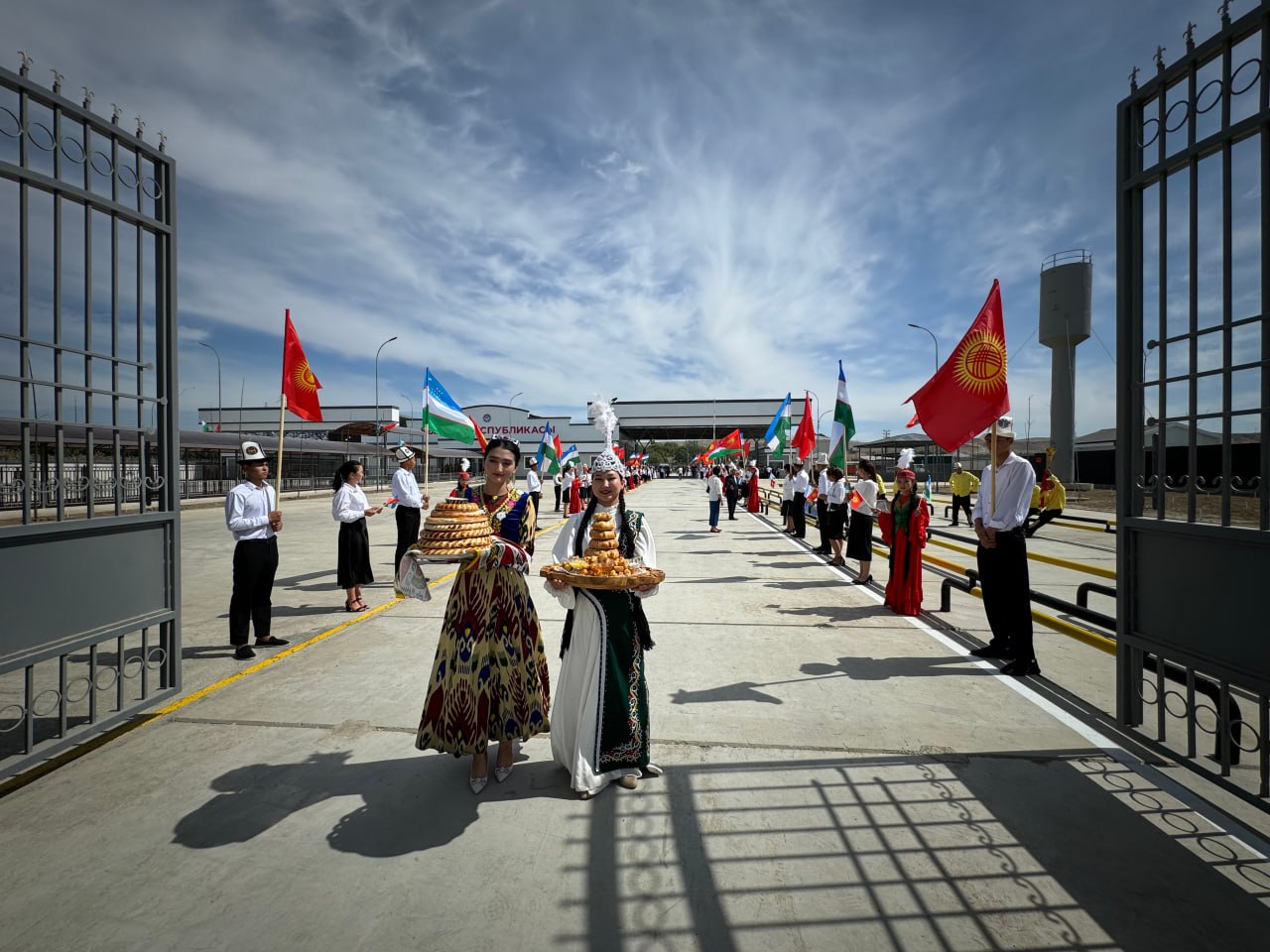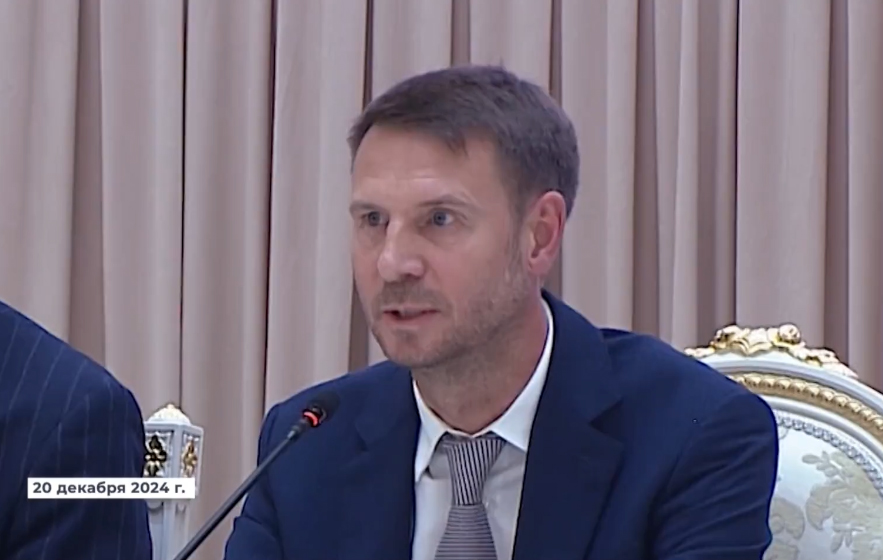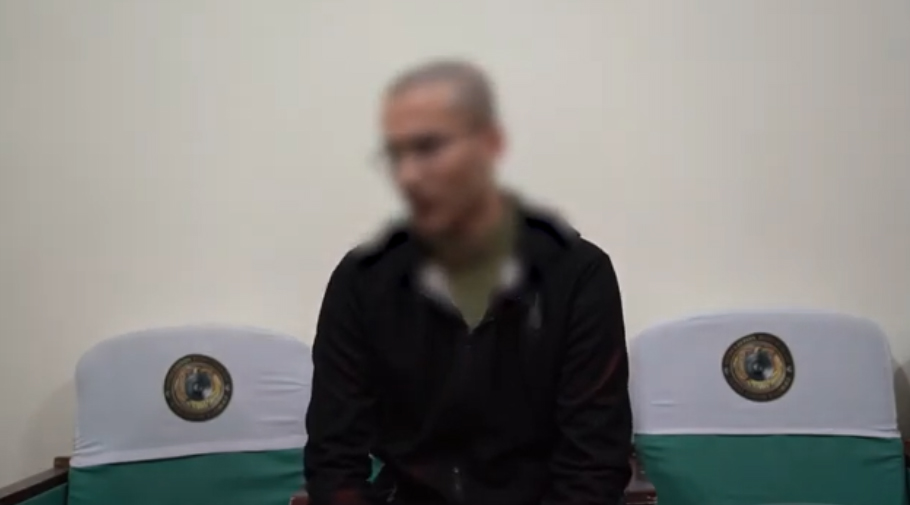This article is also available in:
Русский (Russian)
Uzbek
The second border checkpoint on the Uzbekistan-Kyrgyzstan border was ceremoniously opened in Namangan region today. This time, it concerns the “Uchkurgan” checkpoint, located in the Uchkurgan district, which resumed operations after a long hiatus. This event marks a significant step in strengthening ties between Uzbekistan and Kyrgyzstan, as well as promoting trade and tourism in the region. Earlier today, the “Korasu” checkpoint in the Andijan region was also reopened.
The “Uchkurgan” border and customs post holds a strategically important location, being in close proximity to the “Osh-Bishkek” highway, one of Kyrgyzstan’s main transport arteries. The post’s capacity allows for the daily passage of about 10,000 people, over 500 cargo trucks, and 300 light vehicles, which will significantly enhance the mobility of people and cargo traffic.
It is expected that this checkpoint will become a key link in improving foreign trade between Uzbekistan and Kyrgyzstan. The reopening of “Uchkurgan” will reduce the transportation distance for goods from the Fergana Valley regions to neighboring countries and open new opportunities for the export of agricultural and industrial products.
The “Uchkurgan” checkpoint is also of great importance for tourists. Due to its convenient location, tourists traveling from Uzbekistan to Kyrgyzstan or China will be able to use this route as the shortest and most convenient way, making trips more comfortable and quicker.
The reopening of “Uchkurgan” is also expected to reduce traffic at other border posts, such as “Dustlik” in the Andijan region, by 30-40%, easing the load on those checkpoints and improving logistics in the region.
Thus, the launch of the “Uchkurgan” checkpoint opens new opportunities for trade, tourism, and cooperation between the countries, creating avenues for further strengthening of economic ties in Central Asia.
The text has been translated by AI. For more accurate information, please refer to the Russian version of the article











